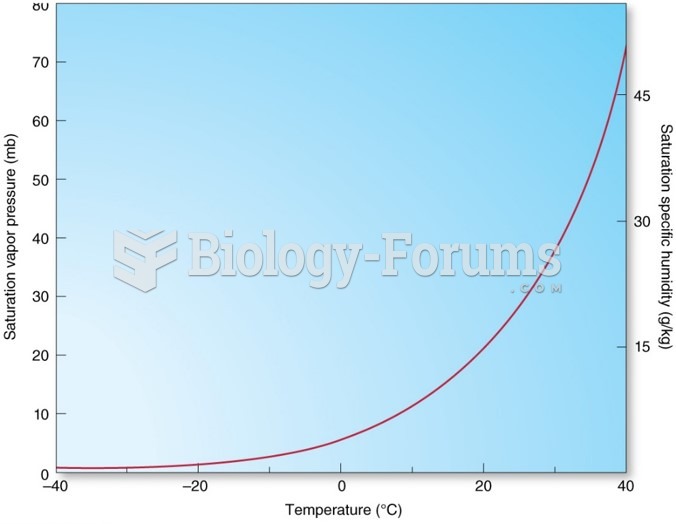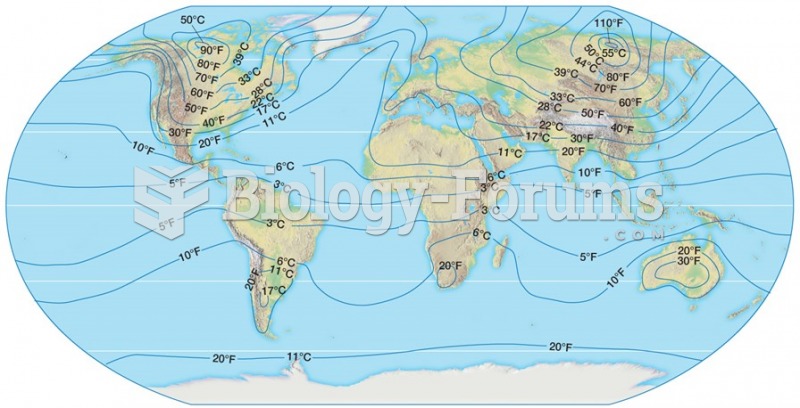|
|
|
Did you know?
As many as 20% of Americans have been infected by the fungus known as Histoplasmosis. While most people are asymptomatic or only have slight symptoms, infection can progress to a rapid and potentially fatal superinfection.
Did you know?
If all the neurons in the human body were lined up, they would stretch more than 600 miles.
Did you know?
Everyone has one nostril that is larger than the other.
Did you know?
Women are 50% to 75% more likely than men to experience an adverse drug reaction.
Did you know?
Drugs are in development that may cure asthma and hay fever once and for all. They target leukotrienes, which are known to cause tightening of the air passages in the lungs and increase mucus productions in nasal passages.







